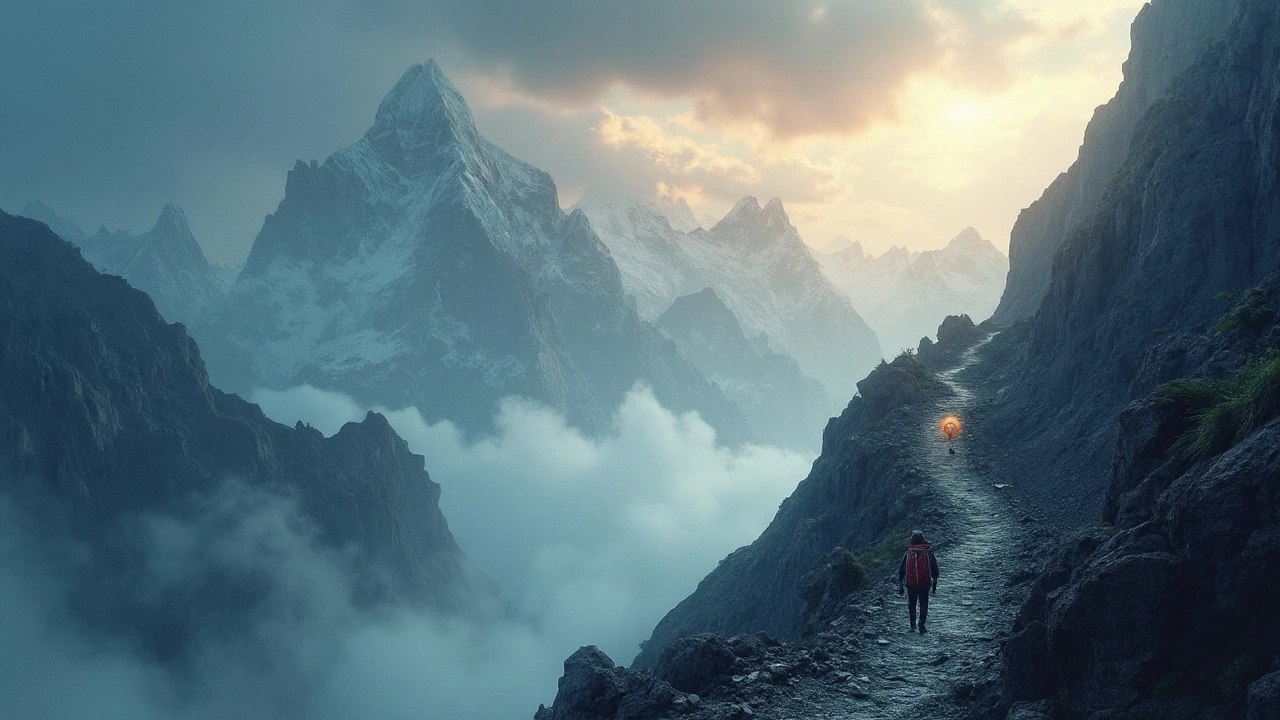SEARCH
Himalayan Treks – Your Guide to Epic Mountain Adventures
If you’ve ever dreamed of walking among clouds, the Himalayas are the place to make it real. The range stretches across India, Nepal, Bhutan and more, offering trails that match every skill level. Whether you want a short weekend trek or a multi‑day challenge, this guide gives you the practical steps to start planning.
How to Plan a Himalayan Trek
First, decide which region fits your schedule and fitness. Popular Indian sections include Ladakh, Uttarakhand and Sikkim. Each has a distinct climate, altitude range and cultural vibe. Once you pick a region, research the distance, typical trek length and the required permits. Most treks need a simple registration at the local forest office, which can be handled online or in person.
Next, set a realistic budget. Transportation to the trailhead often costs the most, followed by lodging in tea houses or guesthouses. A typical 5‑day trek in Uttarakhand can run between $300‑$500 per person, including food, guide fees and basic permits. Use the “South India Trip Cost” guide on our site for budgeting tricks that work for mountain trips too.
Acclimatization is non‑negotiable. Plan at least one extra night for every 3,000 feet of elevation gain. This slows the ascent and reduces the risk of altitude sickness. If you’re new to high altitude, start with a lower trek like Valley of Flowers before tackling higher passes.
Must‑See Himalayan Trails
Here are three routes that deliver unforgettable scenery without overwhelming beginners. The Valley of Flowers trek (Uttarakhand) offers meadow blooms, moderate climbs and well‑marked paths—perfect for a first Himalayan taste.
In Ladakh, the Markha Valley trek combines desert valleys, turquoise rivers and remote villages. It’s a 7‑day trek that balances challenging days with easy recovery walks, ideal for those seeking a bit more adventure.
For a high‑altitude showcase, try the Goecha La trek in Sikkim. At 16,000 ft, it provides close views of Kanchenjunga, India’s highest peak. You’ll need good fitness and a guide, but the reward is a sunrise over snowy ridges that few get to see.
Gear up right: a lightweight down jacket, breathable base layers, sturdy trekking boots and a reliable backpack are essentials. The “3‑Layer Rule for Hiking” article breaks down why each layer matters and how to switch them as the weather changes.
Safety comes first. Carry a basic first‑aid kit, know the signs of acute mountain sickness and stay hydrated. Mobile coverage can be spotty, so a satellite messenger or a local guide with radio contact can save you trouble.
Finally, pick the right season. The pre‑monsoon window (late May to early June) offers clear skies and blooming flora, while post‑monsoon (late September to October) brings crisp air and fewer crowds. Avoid the monsoon months as trails become slippery and landslides more common.
With these tips you’re ready to turn a dream trek into a real adventure. Grab your boots, check the weather, and start mapping out your Himalayan journey today.

Scariest Trek in India: Conquer the Fearsome Trails
Uncover India's scariest trek where thrill and adventure await. Discover what makes this trek daunting yet rewarding, learn essential tips for your journey, and explore the unique challenges posed by this daring trail. If you're ready to test your limits, this guide is for you.
Continue reading